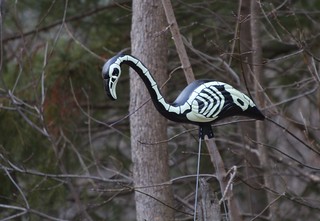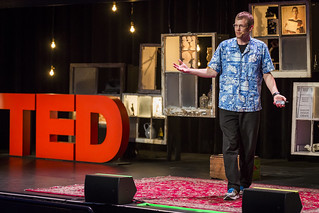I've almost completely recovered from GSA in Denver. Almost done with grading the midterms that were handed out during my absence from classes, I've almost figured out what material I have to cover and how I can adjust to having missed a week of lectures while I was meeting fellow geologists and talking about science stuff.
This probably means that it's about time for me to head out again and give another talk. This time I've been invited by the TED organization to talk to a whole bunch of High School & Middle School students about sand as part of the
2013 TED Youth event in New Orleans, Louisiana. I'm super-excited and honored to be asked. I get to travel to New Orleans and get about 400 students to think about "sand." In between sessions, I'll have some examples of sand and their source rocks (think basalt, evaporites, granite, and glaciers), plus I will reveal a brand new demonstration/game that I just came up with last week! Not to mention, I've lived up near the headwaters of the Mississippi River all my life - it will be great to be able to see where all that water ends up after it's 2,300 mile journey south.
Speaking of sand, here's an example of where sand might come from: The weathered and eroded granite batholith of Longs Peak in Rocky Mountain National Park, Colorado. The physical weathering (ice, water, wind, thermal expansion, exfoliation) of that rock creates tons and tons of small particles of rocks and minerals that will eventually be carried downstream and transported across the continent as sand (and mud/gravel too!).

The last few times I've visited RMNP, I've hiked up the Longs Peak Trail. It's a fabulous hike. Most people who make that trip start at 2 in the morning and try to reach the summit, or at least the keyhole (on the other side of the mountain from here). But I've taken to turning off to the west and going to Chasm Lake. If you leave at 2AM with all the summit hopefuls, you reach Chasm Lake before dawn. And when the morning sun rises above the horizon, the mountain puts on this amazing light show. First it's a washed-out blue-gray, then it gets a little paler, then it starts getting orange-red (you can tell the sun angle is below the sill of Chasm Lake in this photo). After a bit, the red fades away and for another half hour or so the mountain is lit by full sun and gets this incredible gold light.
If you're attending TED Youth, or watching the live stream from somewhere in the US, I can't wait to say hi. If you can't see the talk, stay tuned...







